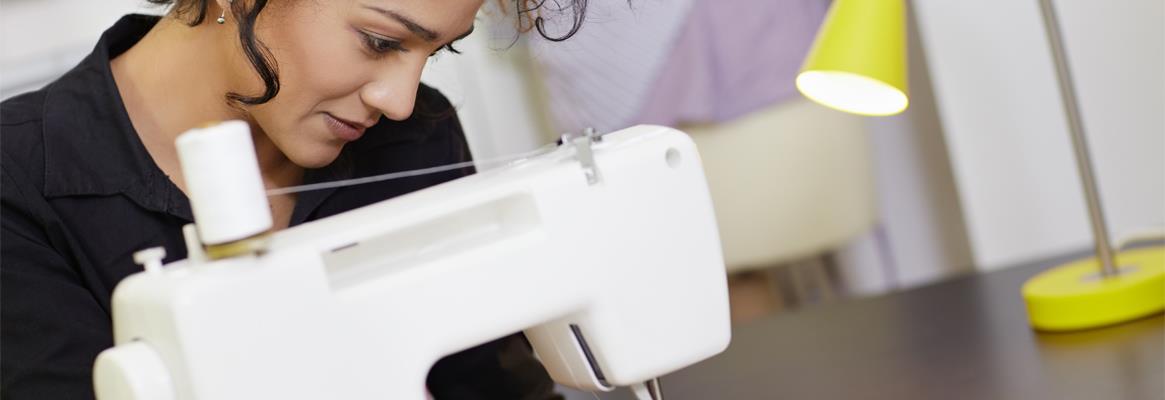Several millennia ago, people used to live naked without a shred of shame or shyness and didn't even consider wearing something like clothes. Then someone noticed that people could put an animal's fur to cover themselves and feel a lot warmer. This was basically the birth of clothing as we know it today. Obviously, a lot has happened in the meantime and clothes are not used solely to keep ourselves warm anymore. The road from primitive fur coats to modern fashion of today was a long and interesting one, without a doubt, but also a difficult one as well.
What kind of history does clothing have? How exactly were clothes invented? Why did it change as time passed by? Well, let's briefly find out and see the origin and history of clothing.
Humble beginnings
We cannot put an exact date on clothing's appearance, but it most likely happened between 100,000 and 500,000 years ago. As mentioned before, the first purpose of clothing was to keep humans warm and protect from the elements of nature. Clothes were made from plants and thin, flexible wooden sticks. Humans who lived in colder climates couldn't keep themselves warm enough with just that, so they started draping the skin and fur from animals as coats and blankets.
With time, clothing started acquiring other purposes as well, becoming status, gender, and later, wealth symbols.
Emergence of sewing
Sewing began around 30,000 years ago, replacing the earlier techniques for connecting garment pieces. Up to that point, clothing was draped or tied instead of being sewn together. Sometime after that, humans noticed that woven fibres have much more grateful properties than plain hides and fur coats. Sewing-the technique was different then-could deliver faster and therefore, became popular. Small bones were used as needles and thin plant fibres as threads. Naturally, everything had to be made by hand, because even beginner sewing machines didn't exist until centuries later.
Woven baskets were a sort of precursor to clothing. Someone perhaps tried to create a basket out of flexible strands and accidentally invented the first clothing. Later, machines to weave threads were invented and cloth making turned important in developed societies. Each town usually had its tailor or a seamstress, who made the clothes for the townsfolk.
Clothing's transformation
Everyone could not afford to buy all kinds of clothing and the needs were also different. Farmers and workers needed durable and long-lasting clothes, so they did not care much about appearance. On the other hand, people representing aristocracy and nobility wanted to flaunt wealth, and therefore, needed expensive, flamboyant clothes in multiple variants. Finally, warriors needed armour, which was probably the most demanding kind of project for tailors because it required a mixture of blacksmithing and sewing. But we will skip that story now and leave it for another time.
At this juncture, clothing had become a status and wealth symbol, indicating a person's social class. This hasn't changed much even now.
Modern day clothing
After the invention of home sewing machines, fashion found its way into the homes of anyone who has the desire to sew. With this, fashion designing and garmenting blossomed even more than before, further developing sewing as an art form. Nowadays, it is not uncommon for a fashion designer to design a piece of apparel that has no other purposes except artistic.
It sure was a long road from leaves to dressmaking, but clothes have made it somehow. And that is commendable.










Comments